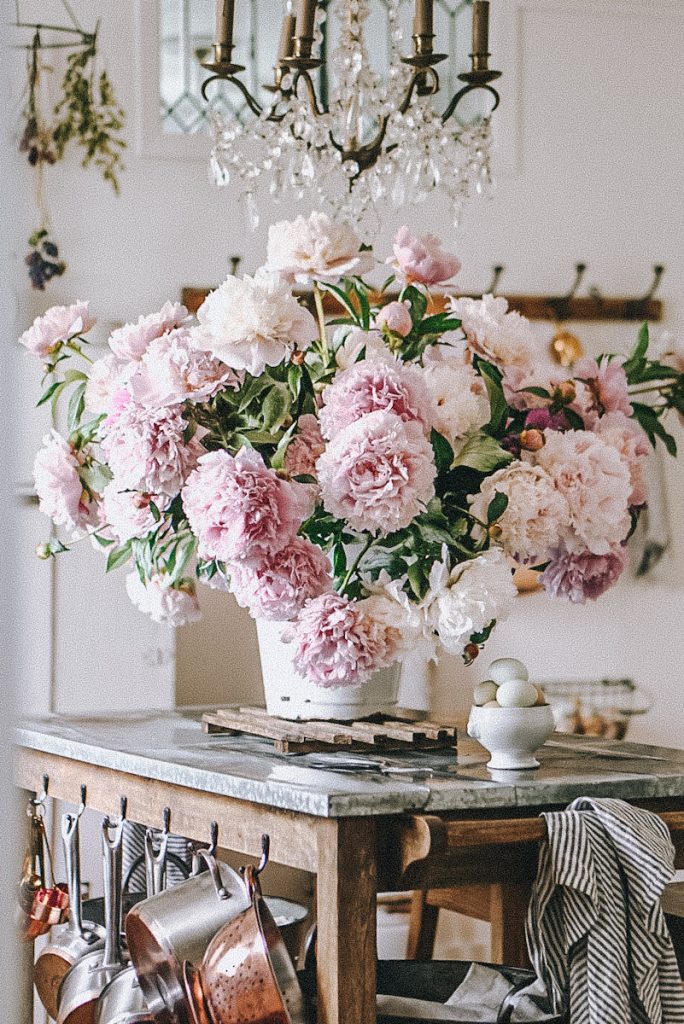Spring (March-May): Availability includes tulips, daffodils, hyacinths, cherry blossoms, and lilacs. These spring bulbs prefer cool water and benefit from being kept in cool rooms. Peonies typically bloom late May to early June, offering the season's most dramatic flowers.
Summer (June-August): Peak season brings sunflowers, zinnias, cosmos, dahlias, and garden roses. These heat-loving flowers need more frequent water changes and benefit from being moved to air conditioning during extreme heat. Many summer flowers are hardy enough to tolerate temperature fluctuations.
Fall (September-November): Autumn features mums, dahlias, sedum, and ornamental kale. These flowers tolerate cooler temperatures and many last well into winter months. Fall flowers often have longer, sturdier stems perfect for dramatic arrangements.
Winnipeg Climate Note: Winter availability relies heavily on imported flowers. Consider our preserved or silk flower options for winter events when fresh flower selection is limited.
